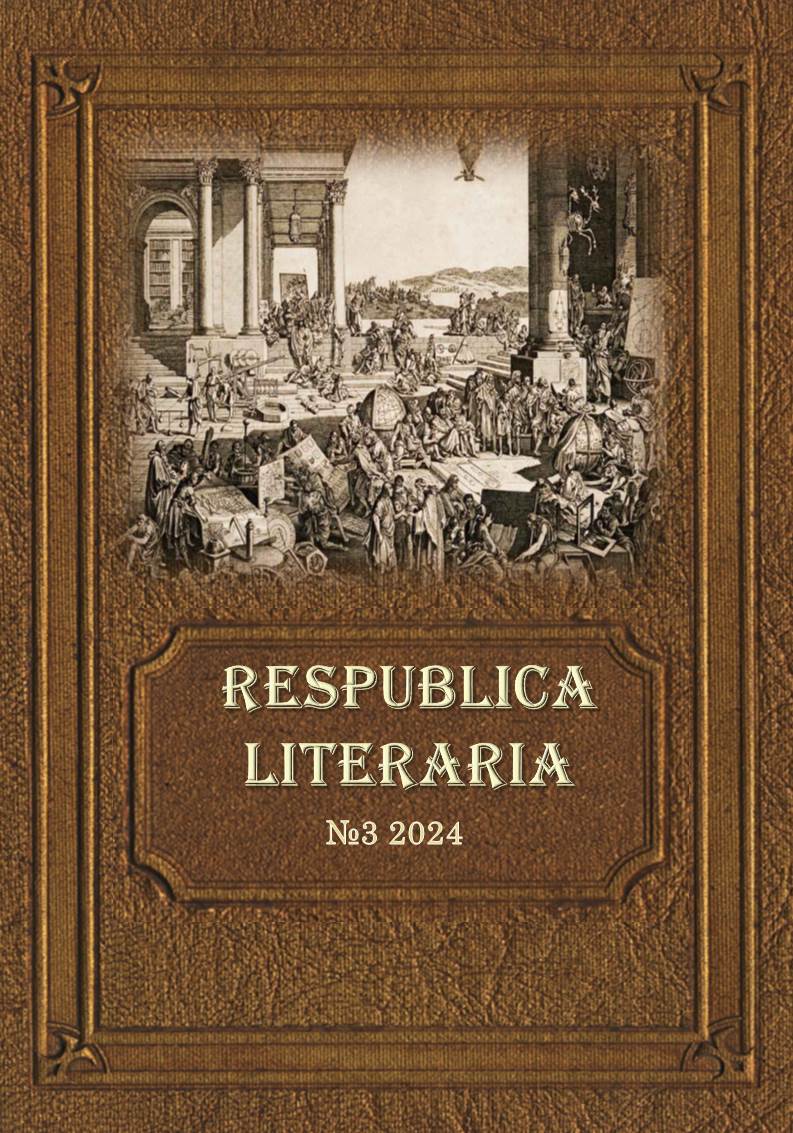Social Exclusion Index as an Indicator of Socio-Spatial Segregation in Mongolia
DOI:
https://doi.org/10.47850/RL.2024.5.3.113-121Keywords:
urban sociology, social inequality, poverty, socio-spatial segregation, social exclusion index, MongoliaAbstract
This paper examines the processes of socio-spatial segregation in the capital of Mongolia. The social exclusion index is the main indicator of segregation of the urban space of Ulaanbaatar. The theoretical and methodological basis of the study is based on concepts presented in the mainstream of urban sociology by such authors as M. Weber, G. Simmel, scientists of the Chicago School of Sociology. The social exclusion index is a complex indicator reflecting the socio-economic status of households, the labor status of capital residents, the possibility of maintaining and increasing human capital, consumption and free time. These indicators, in turn, determine the social position of Ulaanbaatar residents in the spatial dimension.
References
Берджесс, Э. (2002). Рост города: введение в исследовательский проект. Личность. Культура. Общество. Т. IV. Вып. 1-2 (11-12). С. 168-181.
Burgess, E. (2002). Urban Growth: An Introduction to the Research Project. Personality. Culture. Society. Vol. IV. Iss. 1-2 (11-12). Pp. 168-181. (In Russ.)
Вебер, М. (2017). Город. М.
Weber, M. (2017). City. Moscow. (In Russ.)
Зиммель, Г. (2018). Большие города и духовная жизнь. М.
Simmel, G. (2018). Cities and Spiritual Life. Moscow. (In Russ.)
Майский, И. М. (1921). Современная Монголия. Иркутск.
Maisky, I. M. (1921). Modern Mongolia. Irkutsk. (In Russ.).
Парк, Р. Э. (2011). Избранные очерки: сборник переводов. Ред. Д. В. Ефременко. Пер. В. Г. Николаев. М.
Park, R. E. (2011). Selected Essays. Collection of Translations. Efremenko, D. V. (ed.), Nikolaev, V. G. (transl.). Moscow. (In Russ.)
Трубина, Е. Г. (2011). Город в теории: опыты осмысления пространства. М.
Trubina, E. G. (2011). City in Theory: Experience in Understanding Space. Moscow. (In Russ.)
Ундрал, Ё. (2023). Факторы социально-пространственной сегрегации в городе Улан-Батор. Социальные процессы в Северо-Восточной Азии: современное состояние и тенденции развития. Сборник научных статей по итогам международного научного семинара. СПб.: Изд-во «ООО Центр научно-информационных технологий Астерион». С. 47-54.
Undral, E. (2023). Factors of socio-spatial segregation in the city of Ulaanbaatar. In Social processes in Northeast Asia: current state and development trends. Collection of scientific articles based on the results of the international scientific seminar. St. Petersburg. Pp. 47-54. (In Russ.)
Фернандес, А. И., Хогиани, Б. Ф., Шершнева, Ю. Р. (2017). Городская пространственная сегрегация иностранного населения на примере Бильбао. Городские исследования и практики. Т. 2. № 1 (6). С. 64-84. DOI: 10.17323/usp21201764-84.
Fernandez, A. I., Khogiani, B. F., Shershneva, Y. R. (2017). Residental Segregation of the Foreign Population: the Case of Bilbao. Urban Studies and Practices. Vol. 2. No. 1 (6). Pp. 64-84. DOI: 10.17323/usp21201764-84. (In Russ.)
Шеллинг, Т. (2007). Стратегия конфликта. Пер. с англ. Т. Даниловой. Под ред. Ю. Кузнецова, К. Сонина. М.
Schelling, T. (2007). Conflict Strategy. Danilova, T. (transl.), Kuznetsov, Yu., Sonin, K. (eds.). Moscow. (In Russ.)
Dangschat, J. S. (2014). Residentielle Segregation. [Online]. In Gans, P. Räumliche Auswirkungen der internationalen Migration. Forschungsberichte der ARL. No. 3. Verlag der ARL. Hannover. Pp. 63-77. Available at: https://www.econstor.eu/handle/10419/141929 (Accessed: 18 July 2024). (In Germ.)
Downloads
Published
How to Cite
Issue
Section
License

This work is licensed under a Creative Commons Attribution-NonCommercial-NoDerivatives 4.0 International License.
https://oc.philosophy.nsc.ru/remote.php/webdav/%D0%94%D0%BE%D0%B3%D0%BE%D0%B2%D0%BE%D1%80%20%D1%81%20%D0%B0%D0%B2%D1%82%D0%BE%D1%80%D0%BE%D0%BC%20RL-%D0%BF%D1%80%D0%B0%D0%B2.doc





